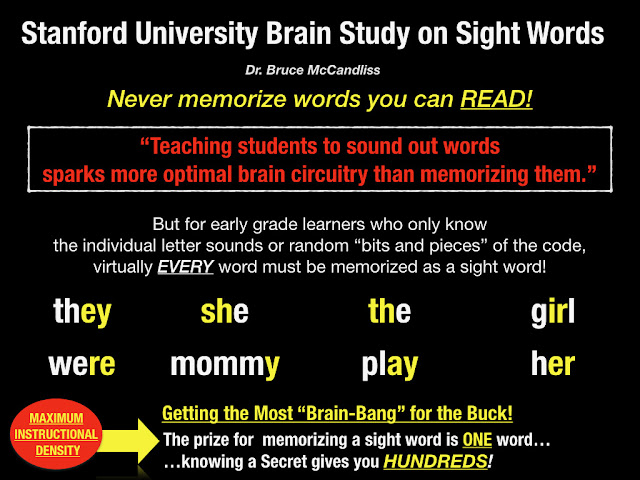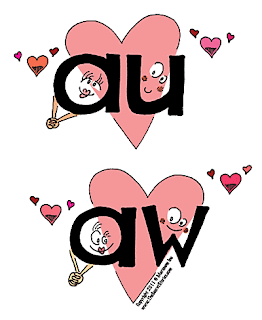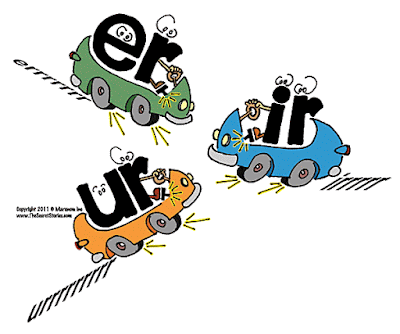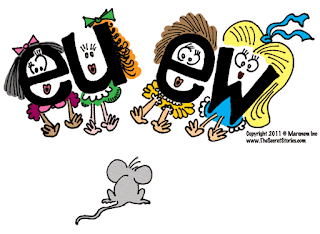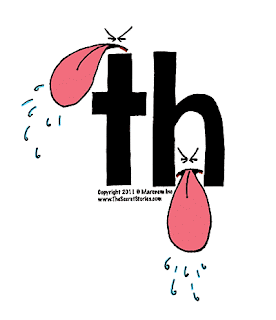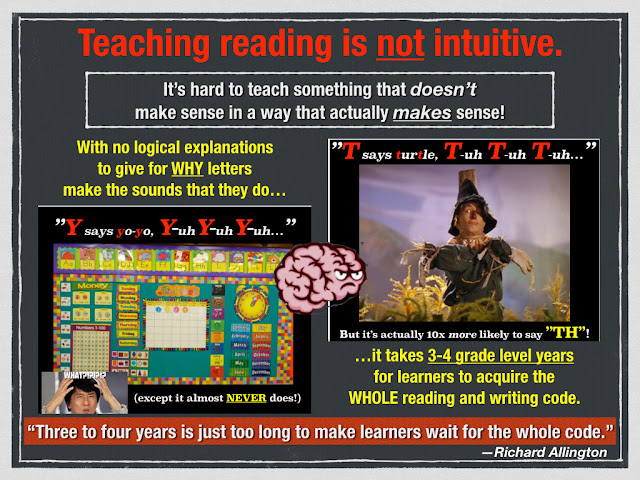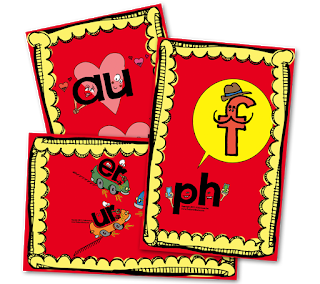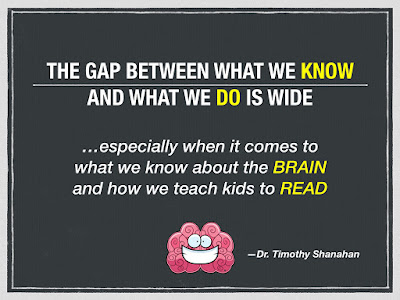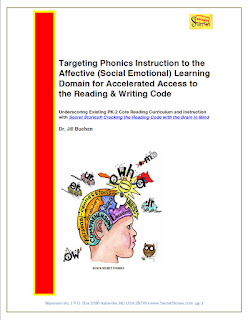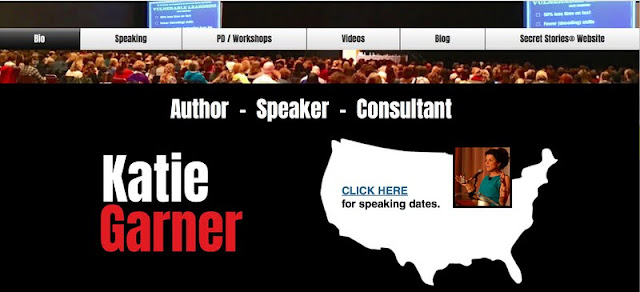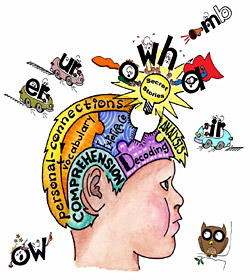Skip the Phonics Bus and Catch the Merry-Go-Round!
Now instead of a bus driver, imagine that you are a merry-go-round operator, and the skill you are teaching is one of those pretty horses on the merry-go-round that keeps on spinning round and round. Opportunities to jump on are constant and ongoing, as it’s literally impossible to “miss” the merry-go-round!

If teachers in preK or kindergarten introduce a letter of the week, what happens when a student misses “D” week because he’s out sick? Worse yet, what if he is out for two weeks and misses both “D” and “E” weeks? What if a learner isn’t developmentally ready for kindergarten and hardly picks up any of letter sounds the letter sounds introduced that year?
When it comes to reading and writing and the skills kids need to do it, this conversation becomes critical. Traditionally, the “code” that’s needed to read and write— from the individual letter sounds, blends and long and short vowels, to the silent e/Mommy e®), Sneaky Y®, digraphs, vowel combinations and VCCV/VCV/Babysitter Vowels®— are all “chopped-up and divvied-out” for formal introduction across multiple grade level years (PreK-2nd), which means that kids simply cannot afford to miss even ONE bus along the way….not if they’re supposed to be done “learning to read” by the end of second grade and ready to “read to learn” by third.
Closing the distance on all of the “missed stops” (i.e. phonics skills) in such a short amount of time is extremely difficult and rarely happens with traditional methods of instruction. Instead, kids who missed buses along the way must learn to compensate for the “holes” in their skill ability by memorizing more sight words and becoming better guessers, as the instructional focus is no longer on teaching the reader, but on teaching the reading. Struggling readers will carry these gaping holes with them through subsequent grade levels, where they become stuck on the instructional hump between learning to read and reading to learn.
The critical skills that kids need to read and write must be banned from the bus. They belong on the merry-go-round! And if you are using Secret Stories® to underscore your existing reading curriculum and instruction, then the merry-go-round is already spinning around in your classroom, though you probably didn’t even notice it.
Every time you tell or retell a Secret, you are giving students another opportunity to jump on!
Each time you ask if there is a Secret in a word they are trying to read, or if they hear a Secret sound in a word they can’t spell, the merry-go-round is spinning…. solidifying a “deep-in-the-gut” level of skill-ownership for those who have already jumped on, while continually circling back for those not quite ready.
Using Secret Stories® to underscore existing core reading instruction makes it impossible for anyone to miss the bus because the Secrets just keep coming back— shared and re-shared, told and re-told, used and re-used— as students read and write across all content areas and throughout the entire instructional day.
By targeting phonics skills to the earlier developing, affective “feeling” domain, Secret Stories® empowers learners as young as kindergarten with high-leverage phonics skills, like Mommy E® and the Babysitter Vowels®, providing the much-needed “trigger” for determining whether a vowel will be long or short. And the same Babysitter Vowel® Secret that beginning readers need in order to decode words like making or motor, upper-grade readers can use to crack words in higher level text hibernating or migration.
And that merry-go-round just keeps on spinning— providing ongoing and never-ending opportunities for all kids to hop on when they’re ready! And hop on, they will because Secret Stories® transform the code from skills they have to learn into “secrets” they WANT to know!
Teaching phonics is not intuitive, but many things that great teachers naturally do are! Today’s educators can take advantage of the advancements in new technology and brain science to hone their teacher-instincts and streamline instructional practice.
An awareness and understanding of the brain science as it relates to best teaching and learning practices calls into question not only what we do, but also how, why, and even when we do it. It empowers us to go further— to be better, stronger and faster (think the Bionic Man!) and to hone our best teaching tools to perfection! “Neuroscience speaks loud and clear to educators, but it is up to us to heed its message!” (Dr. Kurt Fischer, Harvard University)
Finally, I want to let everyone know that I have dragged myself out of my comfort zone to learn about and become more active on Instagram. If you’re already on Instagram, you can find me @TheSecretStories, and if you’re not, you can get started with me! I’ve learned (and posted!) there every day over this past week, and have really enjoyed the more personal level of engagement and interaction that Instagram offers. I will continue to post there daily (cuz it’s a lot easier than composing a semi-well worded blog post— Lol!) sharing the latest research, live videos, YOURS and other teachers classroom pics and vids, as well as some behind-the-scenes conference and PD fun!
My hope is to create a special space where we can communicate, collaborate, grow and share as a Secret Stories® tribe, as well as continue discussions started in emails like this one. I really hope that you will join me! (And if you do, be sure to use the hashtag #SecretStoriesReading and #BrainRead in your post so that I see it.
PS I will be doing multiple featured sessions at the Michigan Reading Conference next weekend, and the North Carolina Reading Conference the weekend after that, followed by the Montana State Title I Conference, where I’ll be doing a morning keynote and multiple breakouts. And if you would like to check out my spring/summer speaking dates, or schedule a school or district PD/workshop, just click here.
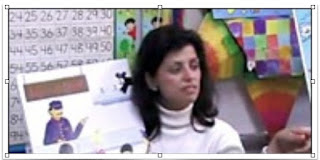 |
Never Miss a Secret! Subscribe to the Newsletter! |
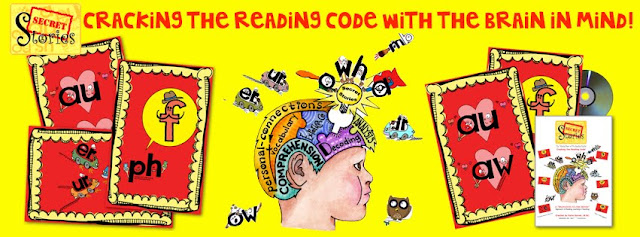 |
|||
|










